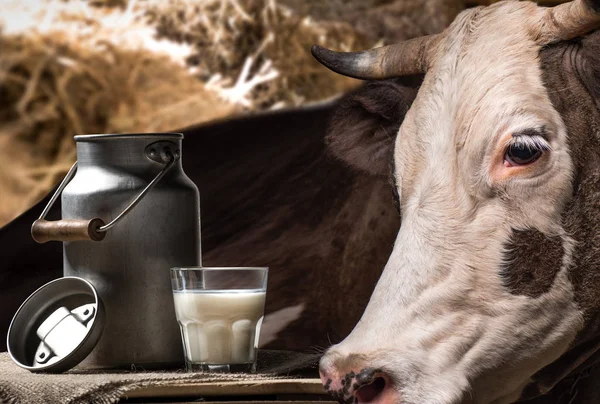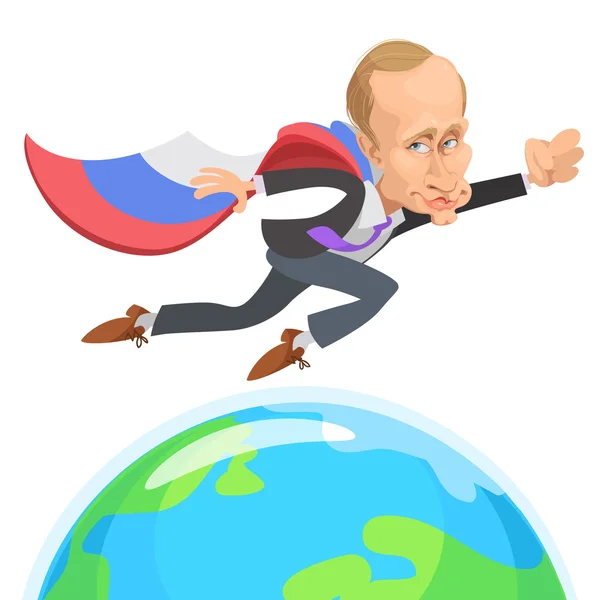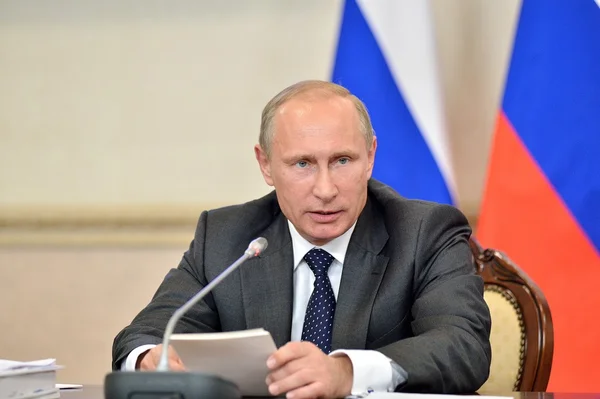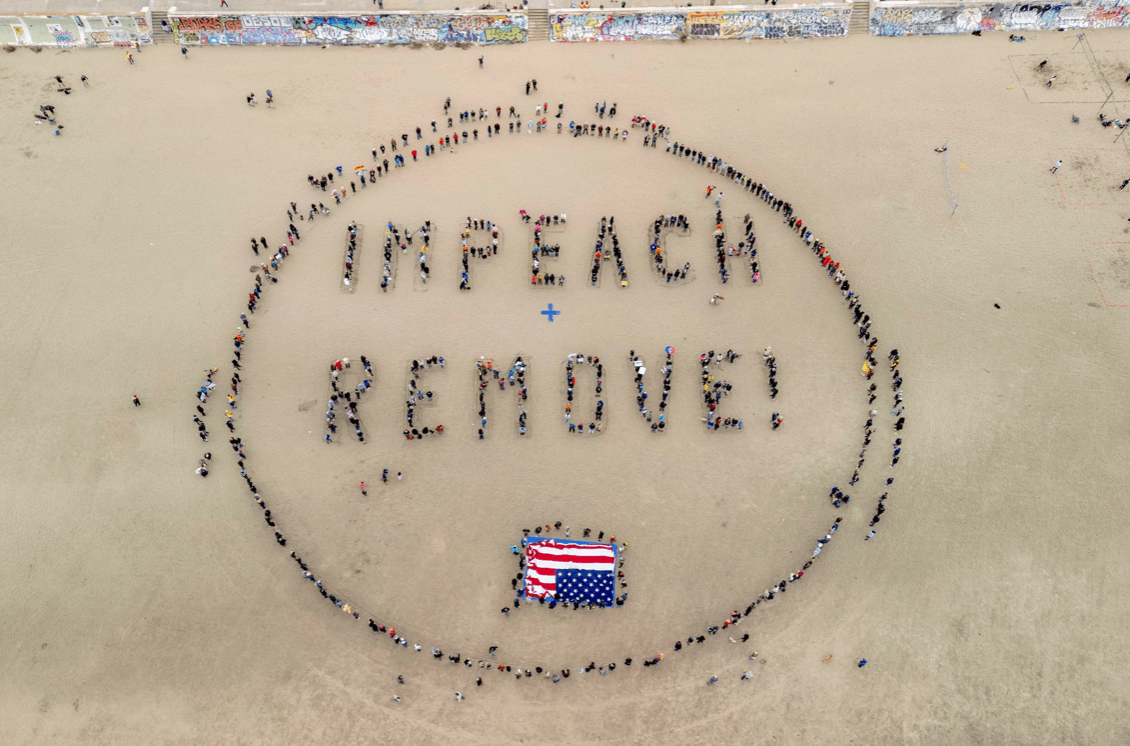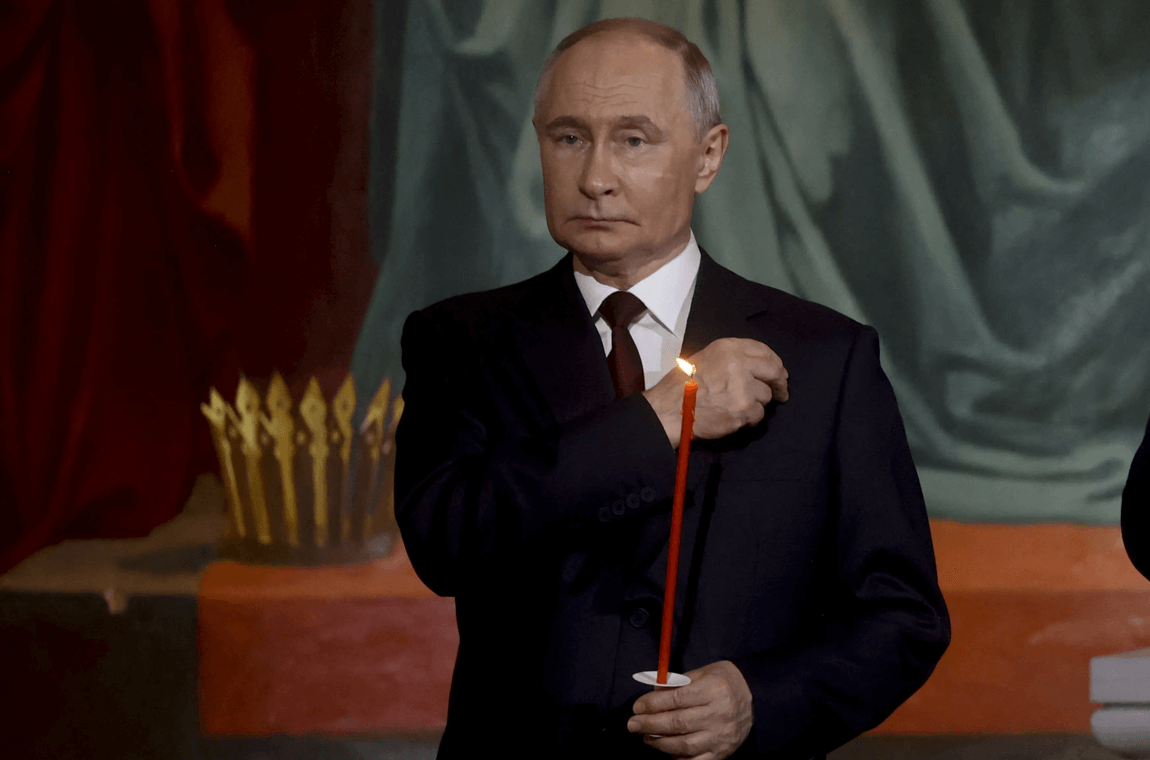Photo: depositphotos
According to liga, constant power outages are forcing Ukrainian enterprises to adapt their operations and invest in alternative energy sources. This article explores how meat processing plants, poultry farms, dairy farms, and processing enterprises are adapting to the energy crisis, the measures they are taking to maintain production, and what it means for consumers in the fall.
Problems with Electricity Supply and Food Poisoning
The number of food poisoning cases has increased due to constant power outages, tripling in July. The main reason is the prolonged lack of electricity, which disrupts the cold chain during the delivery of products from producer to consumer. This has led to the disappearance of most dairy and meat products from store shelves and empty freezers with fish.
Impact of Power Outages on Dairy Products
In July, the return of dairy products to factories increased by 20-30% due to problems with electricity supply. Retail chains, such as Fozzy Group, are shifting the financial burden onto dairy enterprises. At the same time, dairy producers cannot pass on their losses to companies further down the “cold chain” since they receive milk from their own farms.
The “Milk Alliance” enterprises have had backup diesel generators installed since the fall and winter of 2022-23, which are currently helping. However, not all enterprises can fully compensate for the electricity deficit with generators, so they are forced to take organizational measures.
Adjusting Assortment and Reducing Production
Enterprises are reducing the production of the most energy-intensive products. For example, some cheese factories have suspended the production of halloumi, and large dairy companies have reduced the production of powdered milk and butter. This situation reduces supply in the domestic market.
Many enterprises, including meat processing plants and fish companies, are shifting to the production of long-shelf-life products, using more salt and preservatives. For example, meat processing plants are increasing the production of smoked products, and fish companies in the Cherkasy region are abandoning live fish trading in favor of dried and smoked products.
Investments in Generation and Biomethane
Some enterprises are investing in biomethane generation for electricity production. For example, MHP, Glas Agro, and Ukraine 2001 already use such reactors. However, these projects require significant investments—up to $2 million per MW—and time to implement.
Fall Forecasts
The preliminary estimate of increased costs for generators is up to 5-7%, which could lead to a 10% increase in product cost. However, these costs may only appear in store prices in September, when there is a seasonal decrease in the overall “food bill.” Importantly, the fish and seafood market has already shrunk by a third due to the war and constant shelling.
Despite the difficult situation, many enterprises are finding ways to adapt and continue working. However, this requires significant effort and investment, which may eventually affect consumer prices. Meat, dairy, and fish producers are forced to adjust their assortment, adapt production processes, and seek new solutions to ensure uninterrupted operation in the energy crisis. Consumers should prepare for a possible price increase in the fall, but enterprises are doing their best to maintain the availability and quality of their products.

